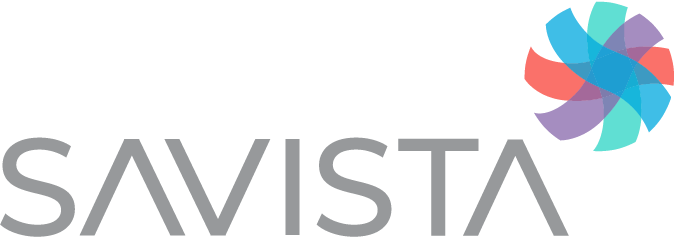
American’s have always had a healthy appetite for medical innovation, however access to the latest health solutions technology and medical advances comes at a price, fueling what today is a $3 trillion+ industry1. With an estimated 90 percent of the population now insured2, determining who pays is the ultimate conundrum in medical billing.
To help compensate for higher claim volumes coming from more insured lives, insurance payors are passing on an estimated 24 percent3 more in health care costs to patients by way of high deductible health plans (HDHPs). Government payors are reimbursing less for covered services, with payments often falling below costs4. Meanwhile, an estimated one in five working-age Americans say they can’t pay their health care bills5 while others who CAN either don’t or pay less than full, resulting in providers collecting on average just 50 to 70 percent6 of the patient’s balance.
The struggle to innovate and remain competitive while absorbing mounting losses has providers caught in a crossfire, with operating margins averaging in the two percent range.7 Compounding the problem are staffing challenges and inefficiencies resulting from poor processes and slow technology adoption, making it difficult for internal health care organization resources to keep up with patient financial clearance, collection and medical billing and coding challenges. A lack of staff training further exacerbates the problem, resulting in workers who lack necessary skills and expertise to assist patients on their financial journey.
Revenue Cycle Outsourcing as a viable alternative
To continue their mission of clinical care, providers must not only find new ways to improve margins, but also make it easier for patients to pay and provide effective patient solutions for those who can’t. Outsourcing offers an opportunity to reduce the stress—both for health care employees who collect and patients who owe medical payments.
The three major benefits to partnering with a Revenue Cycle Management vendor, like Savista, are straightforward:
- Expert advisory services and revenue cycle knowledge on demand
- Trained Revenue Cycle Management staff at scale
- Effective revenue cycle optimization, data and reporting
Two steps to choosing a Revenue Cycle Management partner
While financially attractive, it is important for health care providers to choose wisely when selecting a revenue cycle management (RCM) outsourcing partner. Follow these two steps when evaluating vendors:
- Assess existing revenue cycle capabilities and determine a baseline. For instance, ask what tools, processes and expertise the vendor offers. Is the organization currently achieving its objectives (financial, quality, patient satisfaction, etc.)? How is the vendor performing in cash collection/net patient revenue? Do they provide adequate training/people development capabilities? These are essential to retaining patients within a health care network versus losing business to other providers.
- Measure the vendor’s financial return increase. The ultimate decision point is how effectively a vendor can increase financial return and patient satisfaction. Ask them:
-
-
- Are they able to address growing patient responsibility by putting preventive interventions in place?
-
- Can they create a pathway to support patients at any point along their financial journey to collect?
-
- Are they able to establish processes upfront to ensure a clean claim at the time of submission?
-
- How capable are they at improving documentation for accurate medical billing?
-
- Do they have the analytics capability to manage value-based care contracts and meet regulatory health care compliance requirements?
-
Take the leap and see an increase in accounts receivable
While revenue cycle management outsourcing outsourcing is a big decision, it is important to remember that outsourcing isn’t new in health care, actually beginning in the 1960s for housekeeping and food services, continuing in the 1970s with data processing, the 1980s on staffing of 24/7 clinical services and the 1990s for business processes, human resources and benefits and corporate compliance. Indeed, the 2000s may well be defined as the decade for RCM outsourcing, with 80 percent of hospitals in a recent Black Book survey saying they were vetting or considering full revenue cycle management outsourcing by 2019. About 18 percent of the more than 700 hospital leaders surveyed reported already fully outsourcing their revenue cycle management functions.
Ready to explore how an healthcare revenue cycle outsourcing engagement can help improve your operational efficiency and financial return? Contact Savista to discuss how a proven combination of process, design, education, analytics and innovative technology can accelerate your health care organization’s ability to promote patient and colleague satisfaction while improving your financial health.
Sources:
1 Centers for Medicare & Medicaid Services
2 Kaiser Family Foundation estimates based on the Census Bureau’s March Current Population Survey
4American Hospital Association’s Annual Hospital Survey of US Hospitals

